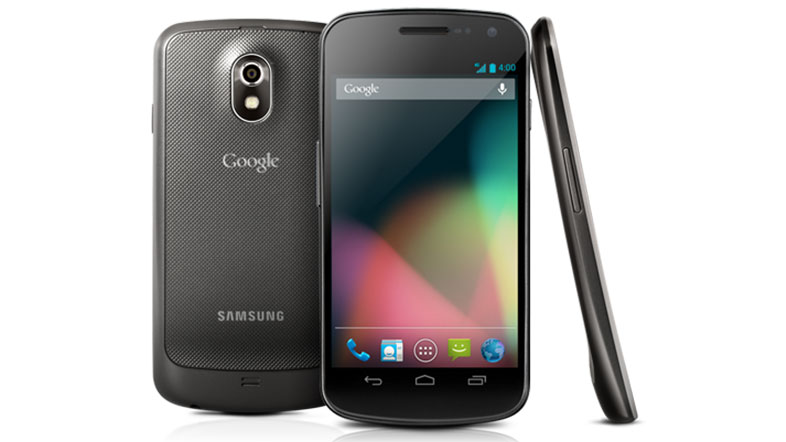Why you can trust TechRadar
As an Android device, messaging really is one of the Galaxy Nexus' fortes and this is handled with aplomb.
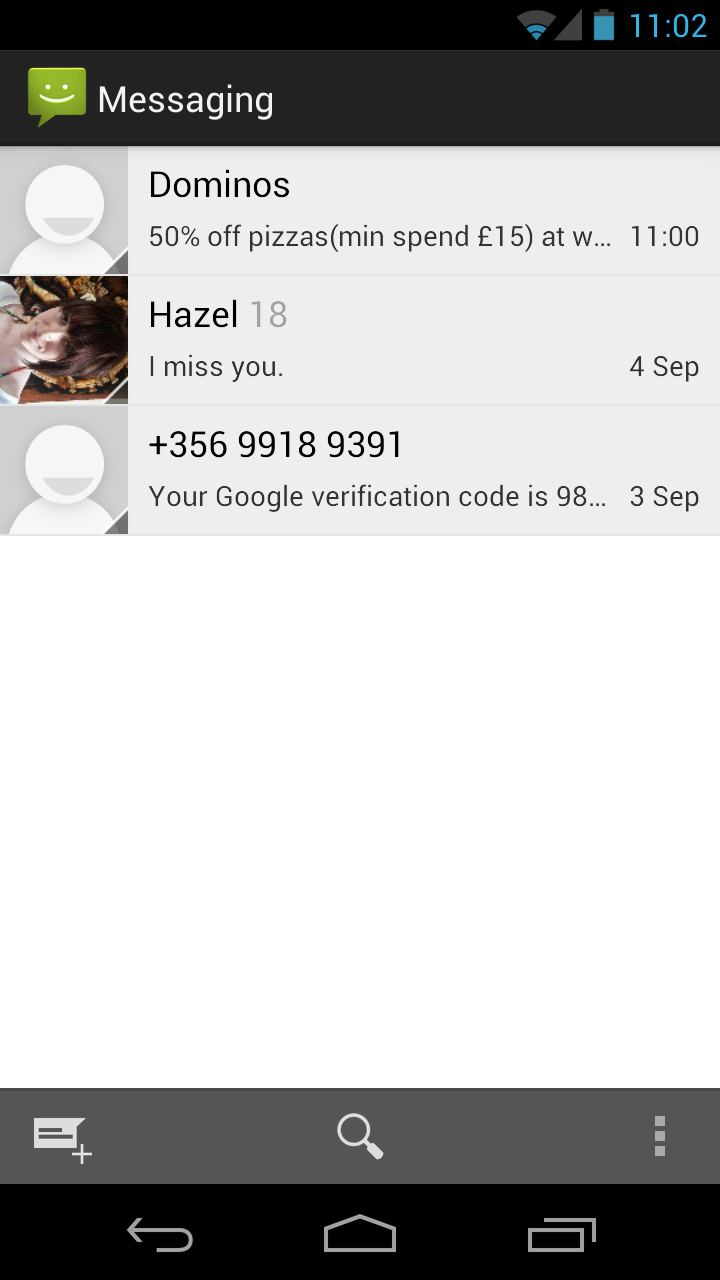
Firstly, texting has been redesigned to fit in with the whole look of Ice Cream Sandwich and Jelly Bean. It's fairly basic. White background, black headers, but it does the job well. It's very much separate from the other messaging forms – there is no BlackBerry-style unified inbox here.
The real change you'll notice if you're coming from Android 2.3: Gingerbread or below is with Gmail. The old app was fairly good – supporting labels and deep search. But with ICS came a new look Gmail experience (it even got a spruced up icon) and we love it.
Composing an email is as simple as hitting the new email shortcut and very straightforward. You can also do this via a particular contact's address book entry if that suits better.
Options are all laid out at the bottom of the screen now in the inbox view to save going through menus and when within emails, the whole look of it just seems so much more elegant.
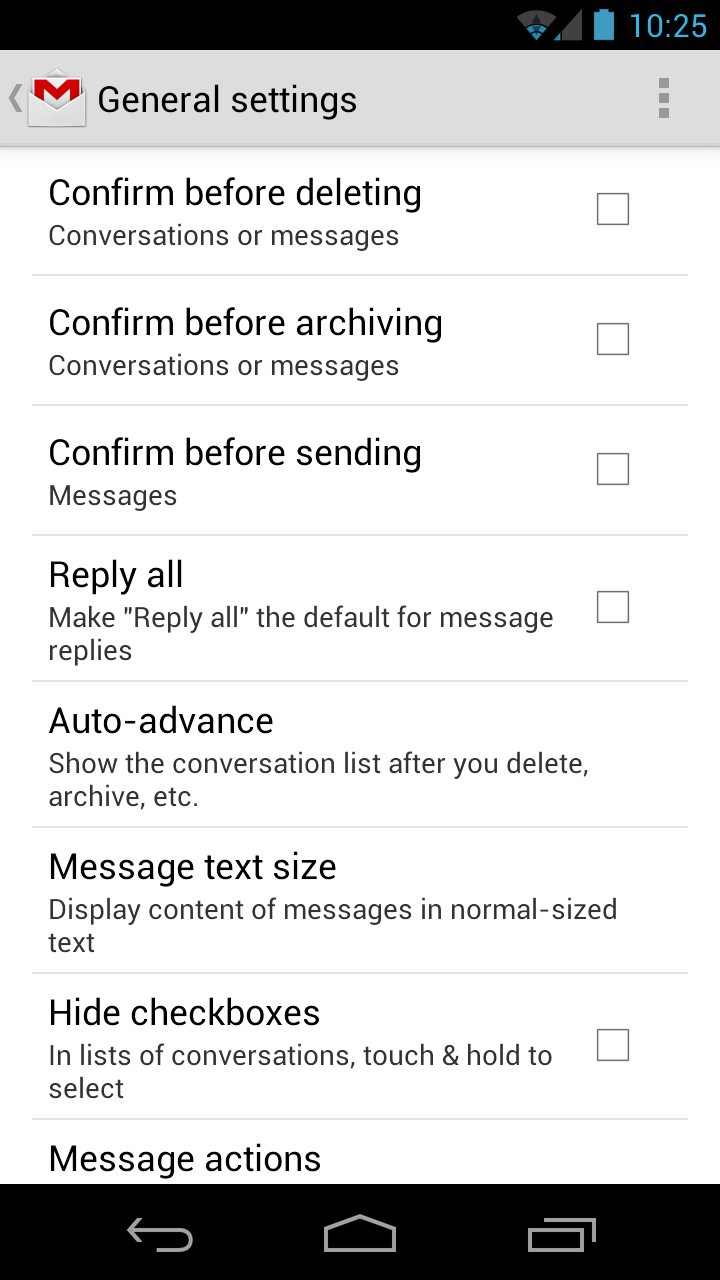
You swipe left and right to move between messages and there is a multitude of settings for you to customise the experience to your heart's content.
HTML emails are still displayed well although we do wish Google would sort out this issue regarding fitting them on the screen properly.
Whereas Apple gives you a full screen overview of an HTML email allowing you to zoom in like a web-page, Android just fills the screen and you have to pan around to read.
You can't tap or pinch to zoom out. It's a real annoyance. We wish Google could have fixed this with Android 4.1, but we'll just have to wait for the next version and hope it gets some attention there.
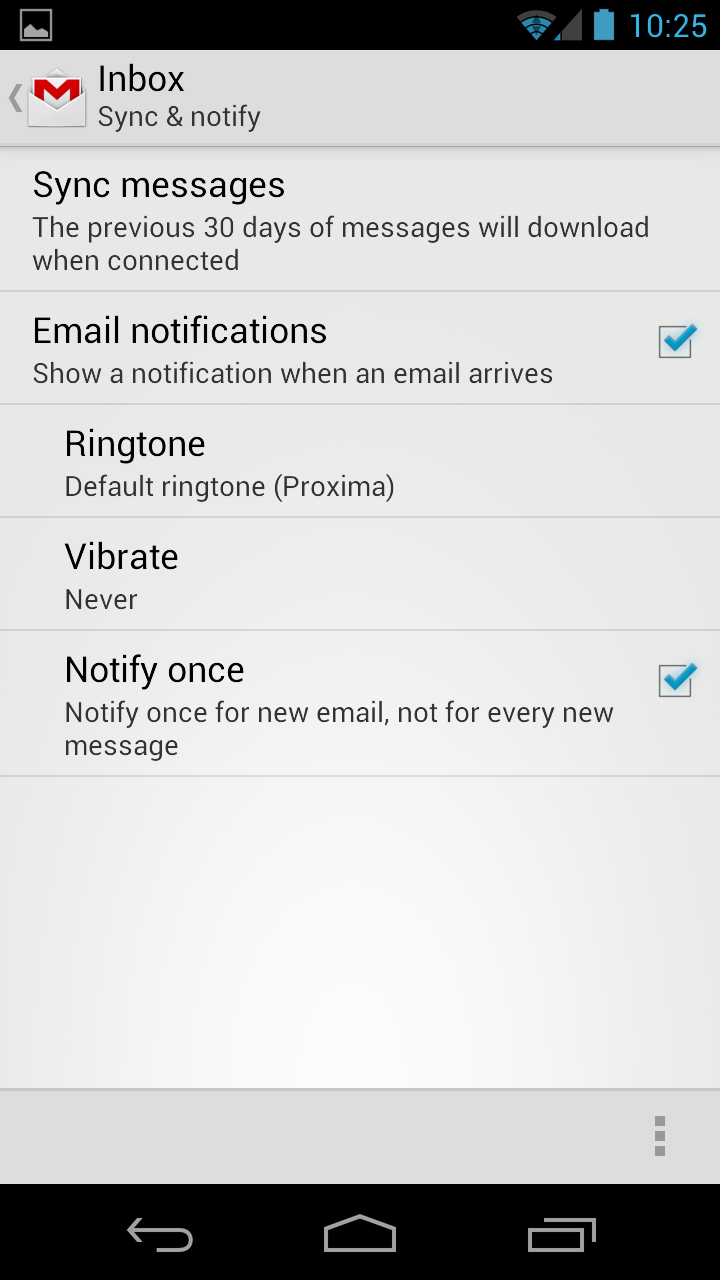
This problem is also present in the secondary email application that Google has provided on the Galaxy Nexus for non-Gmail users. It's a client designed for everything from POP3 to IMAP to Exchange and can be set to receive push emails where supported, poll every few minutes or be set for a manual connection.
Aside from the icon and the obvious dedicated benefits like labels etc., the client is the same as the Gmail one. It looks the same and options etc tend to be in the same place.
The beauty of Android is that you can add further messaging options within seconds via the Android Market. There's everything from MSN to Yahoo to ICQ, WhatsApp, Facebook, Twitter and Ping. The list goes on and on. The Galaxy Nexus can be as sociable (or antisocial) as you wish it to be.
We were impressed with the keyboard when we first reviewed the Samsung Galaxy Nexus. It's an updated version of the Gingerbread keyboard which we initially weren't thatenamoured with.
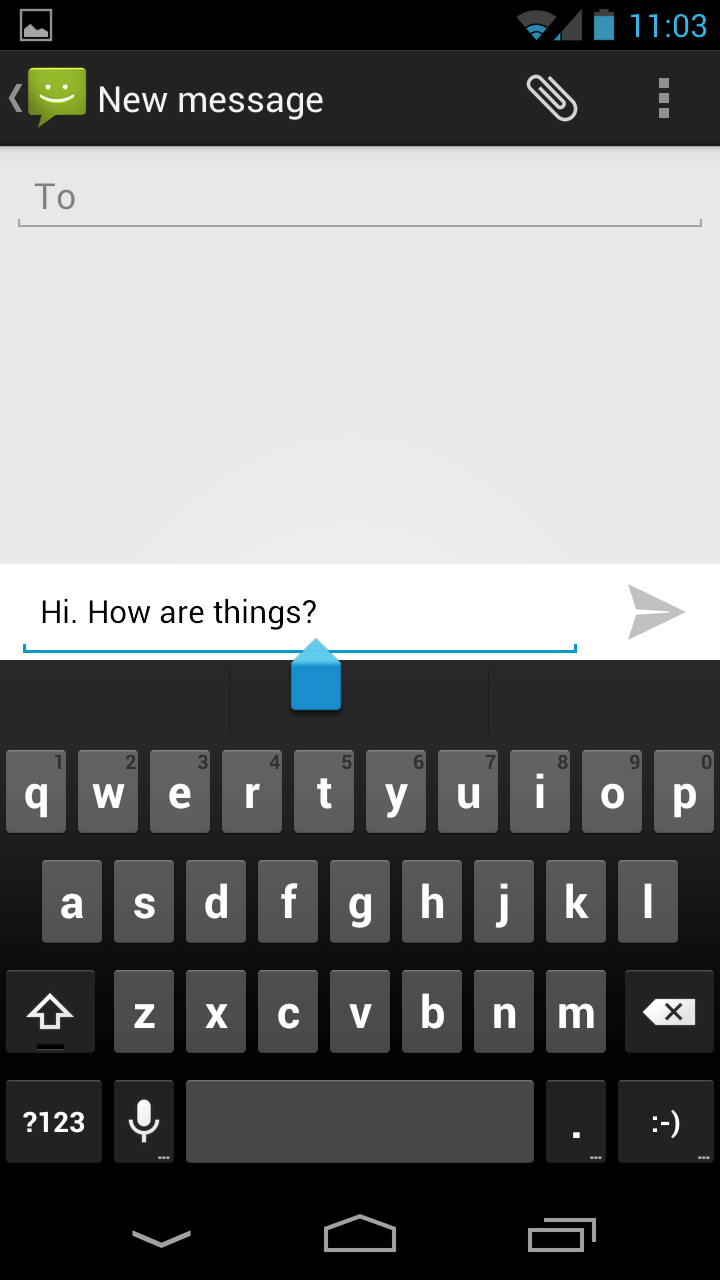
However, although keys felt a little small for our large fingers, the way the predictive text worked, it was actually eerily accurate. Since being updated to Android 4.1 the keyboard has got even better.
It becomes more accurate over time, learning what words you use a lot and guessing what word you want to type next (albeit with mixed results) before you even tap the first letter.
We expected typing messages to take far longer than was actually the case. There's also a really satisfying haptic feedback when you tap keys - not too strong, not too faint but just right – which we liked.
If you don't like the keyboard though, you can download a third party alternative – there are lots available on Google Play that work in a number of ways.
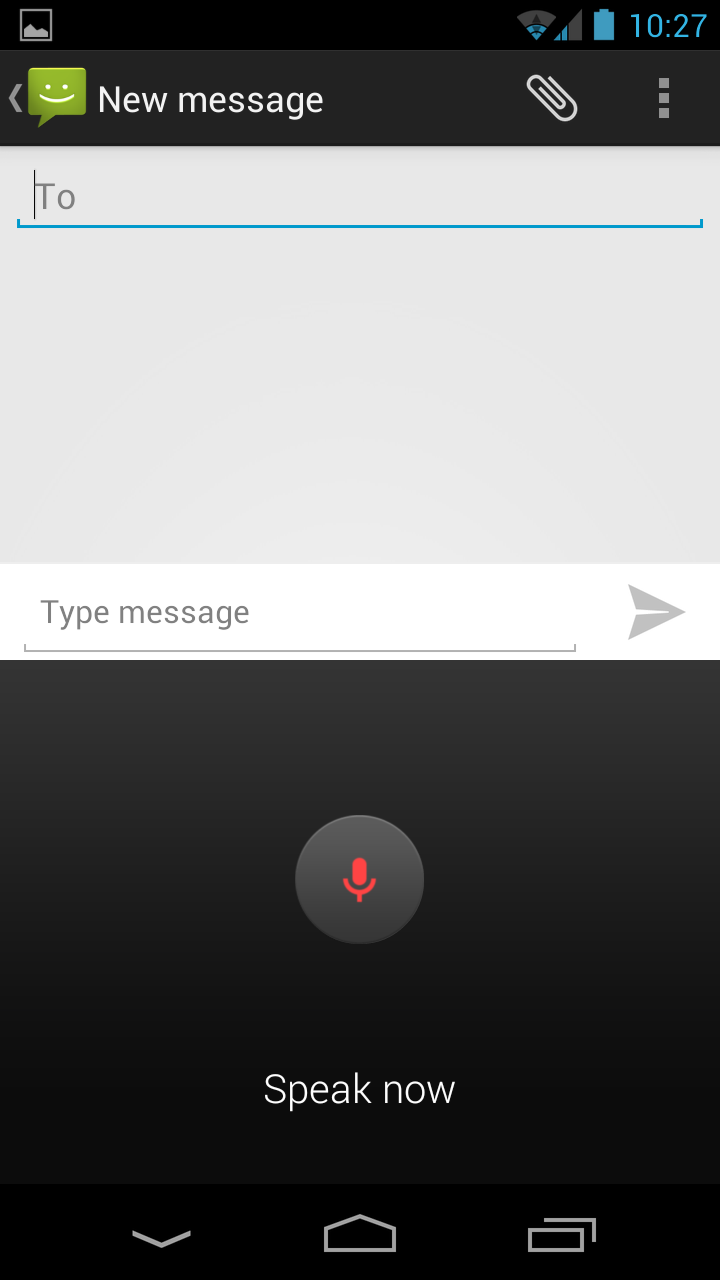
Or you can go for the voice dictation option. We weren't that impressed with this initially but since the update to Jelly Bean it's got a whole lot more accurate.
One nice touch is that you can dictate whole messages. Say a sentence and it will type it out for you and then listen for another, so you don't have to constantly tap the microphone.
It even works without a data connection and it looks nice too – the design of the app is spot on. To be honest we'd generally prefer to type our messages as it still wasn't 100% accurate, but this is now a perfectly workable alternative.
The Samsung Galaxy Nexus handily features a blinking notification light below the screen, which alerts you to new text messages, missed calls and emails. It's really useful and though some other phones have this feature, bafflingly the majority don't.
James is a freelance phones, tablets and wearables writer and sub-editor at TechRadar. He has a love for everything ‘smart’, from watches to lights, and can often be found arguing with AI assistants or drowning in the latest apps. James also contributes to 3G.co.uk, 4G.co.uk and 5G.co.uk and has written for T3, Digital Camera World, Clarity Media and others, with work on the web, in print and on TV.
